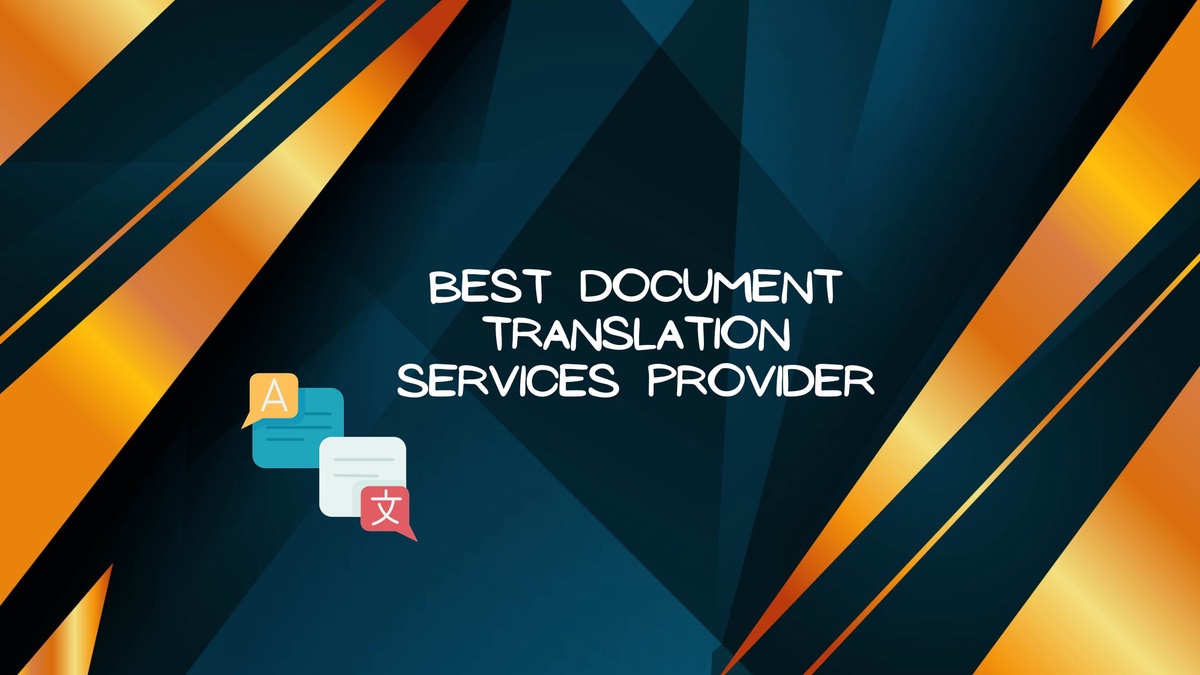In recent years, rapid advancements in technology have significantly altered various industries. Undoubtedly, one area that has experienced a dramatic transformation is the translation sector. Streaming services have revolutionized how people access content, necessitating efficient and accurate Document Translation. Consequently, the demand for innovative solutions to meet the challenges of the digital age continues to increase. In this article, we will explore the future of translation services for documents in the age of streaming and the implications of these developments on global communication.
Prospects for Document Translation Services in the Era of Streaming
The future of document translation services in the streaming age is crucial for bridging language barriers, fostering cross-cultural understanding, and ensuring seamless access to diverse content for global audiences. Below are some other future factors for translating documents:
The Rise of Streaming Services and Their Impact on Translation
First and foremost, streaming services have become increasingly popular, providing instant access to diverse content. From movies and TV shows to podcasts and e-books, people now enjoy unlimited entertainment options. In addition, streaming platforms enable users to discover content from different countries and cultures, fostering a more interconnected world.
However, the growth of streaming services has created challenges for document translation. As people consume content from various regions, the need for efficient and accurate translation has become crucial. Consequently, translation service providers must adapt to these changes and embrace innovative solutions, ensuring their services remain relevant and valuable.
Advancements in Artificial Intelligence and Machine Learning
Artificial intelligence (AI) and machine learning have advanced greatly in recent years as a direct result of the rising demand for precise translation. These innovations have the potential to completely alter the landscape of document translation services by providing more rapid and effective answers to common problems. The algorithms powering AI-based translation systems, for instance, can be trained on current translations to improve their precision and understanding of context.
Moreover, machine learning algorithms can process enormous volumes of data, allowing them to spot patterns and trends. Hence, these algorithms can provide more complex translations by taking cultural differences and colloquial idioms into account. With the help of AI and Machine Learning, translation services should improve with time, allowing for clearer and more efficient user-to-user exchanges.
Role of Human Translators in the AI Age
Despite the incredible advancements in AI and machine learning, human translators remain indispensable. The integration of technology into the translation process serves to augment the capabilities of human translators. By leveraging AI tools, translators can increase their efficiency and accuracy, ultimately delivering better results.
Moreover, human translators possess invaluable cultural knowledge and understanding, which machines cannot replicate. Consequently, their expertise remains crucial in conveying the intended meaning and context. In the future, we can expect a more collaborative approach between humans and machines, combining their respective strengths to provide superior translation services.
The Emergence of Real-Time Translation Solutions
As streaming services continue to gain popularity, the demand for real-time translation solutions has grown exponentially. Recognizing this trend, developers have created innovative tools that enable instantaneous translation. For instance, speech-to-text technology allows for the immediate transcription of spoken words, paving the way for real-time translation.
In addition, advancements in natural language processing have led to the development of real-time subtitling solutions. Consequently, viewers can enjoy content from around the world without language barriers. Although these technologies are still in their infancy, their potential to transform document translation services is undeniable.
Adapting to Changing Consumer Expectations
In the age of streaming, consumers have come to expect instant gratification and seamless user experiences. To meet these expectations, translation service providers must adapt and innovate. For instance, by offering real-time translation services, providers can cater to the needs of streaming platforms and their users.
Moreover, translation companies should invest in AI and machine learning to enhance the quality and efficiency of their services. By embracing these technologies, providers can stay competitive in the fast-paced digital landscape and meet the growing demands of global communication.
Embracing the Power of Cloud-Based Translation Platforms
By adopting cloud-based technology, translation providers can enhance and streamline their services. By utilizing cloud storage and processing capabilities, providers can ensure data accessibility, improve collaboration among translators, and offer scalable solutions.
Furthermore, cloud-based platforms allow for seamless integration of AI and machine learning tools, optimizing the document translation process for greater efficiency and accuracy. Ultimately, embracing cloud technology will prove essential for translation providers striving to thrive in the competitive streaming landscape.
Fostering Global Collaboration Through Translation Communities
In the age of streaming, fostering global collaboration through translation communities has become increasingly important. By establishing networks of skilled translators, providers can pool their collective expertise and knowledge, ensuring high-quality translations across diverse domains.
Additionally, these communities offer opportunities for professional development and mentorship, further enhancing the skills of participating translators. As a result, translation communities will play a crucial role in the future of document translation services, promoting collaboration and shared learning among industry professionals.
The Role of Quality Assurance in Translation Services
Ensuring quality assurance in translation services has never been more critical, as streaming platforms demand accurate translations. By implementing rigorous quality control measures, translation providers can guarantee the delivery of top-notch services to their clients.
Moreover, providers can expedite the review process by incorporating AI-driven quality assessment tools, minimizing errors, and enhancing overall translation quality. Ultimately, a steadfast commitment to quality assurance will distinguish successful translation providers in the age of streaming, meeting the high standards expected by clients and consumers alike.
Conclusion
The future of document translation services in the age of streaming will be shaped by various factors, including technological advancements, human-AI collaboration, real-time translation solutions, data security, specialization, and localization. By adapting to these trends and embracing innovation, translation service providers can remain competitive and contribute to the evolution of global communication in the streaming era.


No comments yet